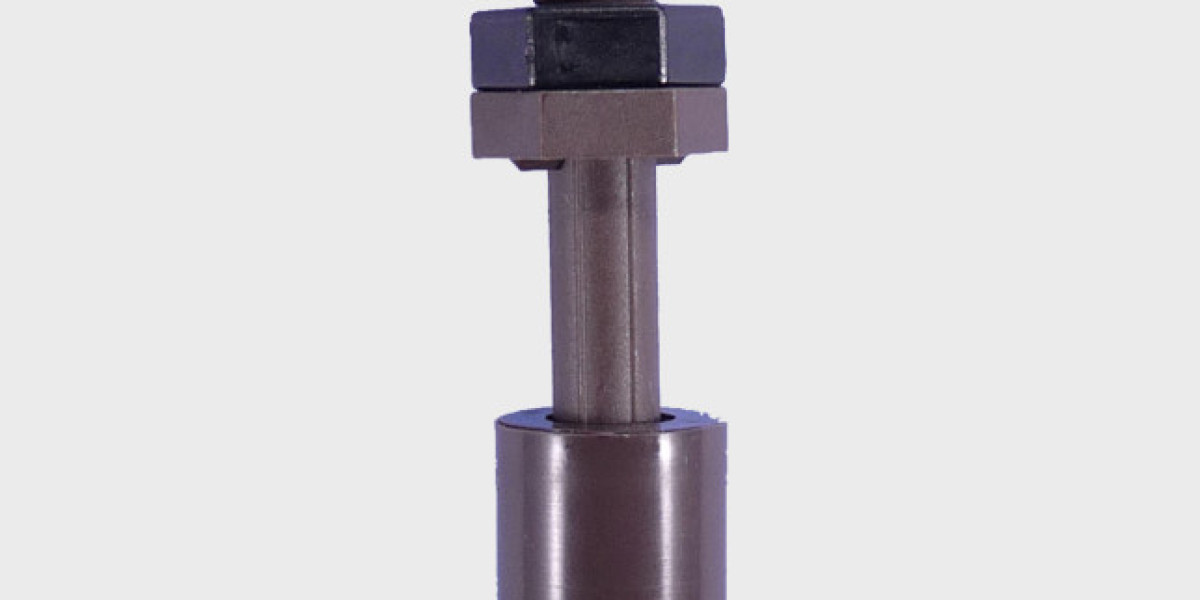Liquid level switches are an essential component in many industrial applications, providing a reliable and accurate way to monitor and control liquid levels in tanks, vessels, and pipelines. These switches are designed to detect changes in liquid levels and trigger a response, such as activating a pump, valve, or alarm. In this article, we will explore the key features and benefits of liquid level switches, and discuss their applications in various industries.
Key Features of Liquid Level Switches
Liquid level switches are available in a variety of configurations, each with its own unique features and benefits. Some of the key features of liquid level switches include high accuracy and reliability, adjustable sensitivity, and compatibility with a wide range of liquids and temperatures. They are also designed to withstand harsh industrial environments, including high pressures, temperatures, and vibrations. Additionally, liquid level switches can be customized to meet specific float switch requirements, such as explosion-proof or intrinsically safe designs.
Types of Liquid Level Switches
There are several types of liquid level switches available, each with its own strengths and weaknesses. The most common types include float-operated level switches, conductive level switches, capacitive level switches, ultrasonic level switches, and radar level switches. Float-operated level switches use a floating device that rises or falls with the liquid level, triggering a switch when it reaches a predetermined point. Conductive level switches use a probe to detect changes in conductivity, while capacitive level switches use a capacitor to detect changes in capacitance. Ultrasonic level switches use high-frequency sound waves to measure the distance to the liquid surface, and radar level switches use microwave radiation to measure the distance.
Benefits of Liquid Level Switches
Liquid level switches offer several benefits in industrial applications, including improved safety, increased efficiency, and reduced maintenance costs. By accurately monitoring and controlling liquid levels, these switches can prevent overfilling or underfilling of tanks, which can lead to safety hazards, equipment damage, and environmental contamination. They can also optimize tank operation, by controlling the flow of liquids into or out of the tank, and by adjusting the operation of pumps and valves. Additionally, liquid level switches can detect leaks or spills, and alert operators to potential problems.

Applications of Liquid Level Switches
Liquid level switches are widely used in a variety of industries, including oil and gas, chemical processing, water treatment, food and beverage, and pharmaceuticals. In the oil and gas industry, liquid level switches are used to monitor and control the level of crude oil, refined products, and other liquids in storage tanks and pipelines. In chemical processing, liquid level switches are used to control the flow of chemicals and prevent overfilling or underfilling of tanks. In water treatment, liquid level switches are used to monitor and control the level of water in storage tanks and reservoirs, and to control the flow of water through treatment processes.
Installation and Maintenance Considerations
When installing liquid level switches, it is essential to consider several factors, including the type of liquid, tank size and shape, and operating conditions. The switch must be properly calibrated and adjusted to ensure accurate and reliable operation. Regular maintenance is also crucial to ensure optimal performance and extend the lifespan of the switch. This includes cleaning the switch and its components, checking for wear and tear, and replacing worn or damaged parts.
Conclusion
Liquid level switches are a critical component in many industrial applications, providing a reliable and accurate way to monitor and control liquid levels. By understanding the key features and benefits of these switches, operators can optimize tank operation, prevent safety hazards, and ensure environmental compliance. Whether used in oil and gas, chemical processing, water treatment, or other industries, liquid level switches play a vital role in ensuring the efficient and safe operation of liquid storage and processing systems.








